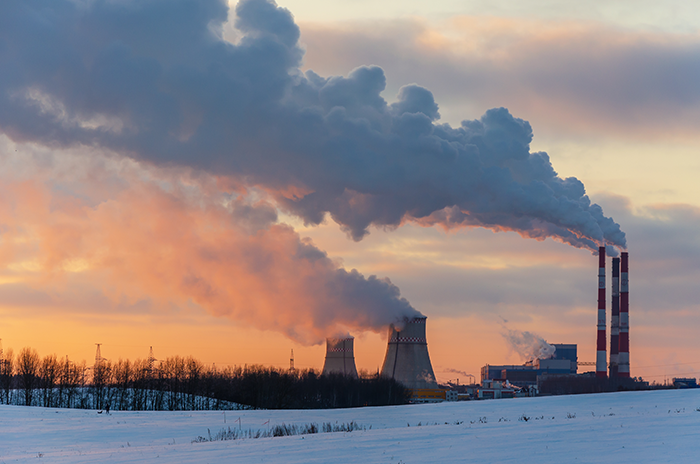Ireland Economic Snapshot
14 December 2022 - Economic Survey of Ireland
The Irish economy weathered the COVID-19 pandemic and is coping well with the repercussions from Russia’s war of aggression against Ukraine. While the fiscal position is currently strong, with buoyant revenues, a number of pressures arising from ageing, housing, health, and climate change create fiscal risks in the longer term. Ongoing and planned investments to boost housing supply and affordability and lower greenhouse gas emissions should be accompanied by reforms to reduce regulatory and legal hurdles, uncertainty, and high transaction costs. The government has launched a major reform of the health sector, Sláintecare. Boosting spending efficiency, reducing waiting times and simplifying the interaction of different parts of the system are key to achieve improved health sector performance and sustainability. Moving towards a more integrated system of primary, community and hospital care should be prioritised to increase spending efficiency and the capacity to meet future challenges. Improving data availability and governance as well as financial reporting and management can help track spending and reform implementation.
Executive Summary
Presentation
Further reading
Economic Forecast Summary (November 2022)

Economic Outlook Note - Ireland
GDP growth is projected to exceed 10% in 2022, following the full relaxation of pandemic-related restrictions early in the year. Falling real incomes due to high inflation will hold back consumer spending up to mid-2023, despite significant wage growth. High costs and low confidence will reduce firms’ incentives to invest. Modified domestic demand will thus only grow by 0.9% next year, before rebounding by 3.1% in 2024.
©Shutterstock/Karabin
Read full country noteReform Priorities (April 2021)

Going for Growth 2021 - Ireland
Improving activation and training policies is a top policy priority, as the pandemic especially affected sectors where many with weaker labour market attachment work. This can also help meet firms’ demand for skills. Reforming the tax and welfare system to remove high effective tax rates will boost participation and employment.
©Shutterstock/Anton Petrus
Read full country note2021 Structural Reform Priorities
- Labour market: Improve labour force participation and employment
- Housing: Boost housing supply and reform support
- Competition and regulation: Ease barriers to entry and boost competition
- Healthcare: Expand coverage and ensure cost containment
- Environmental policy: Use economic instruments to address climate change and local pollution